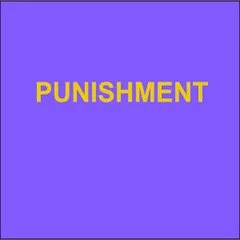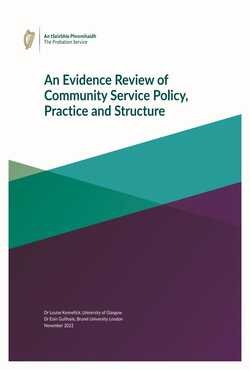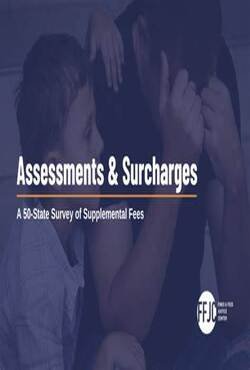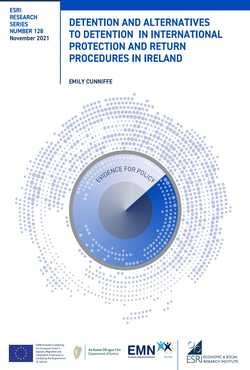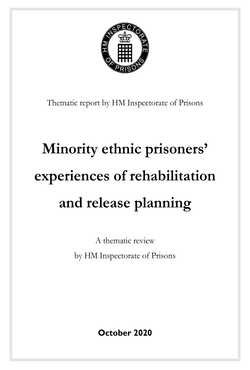By Marcelo F. Aebi and Yuji Z. Hashimoto
The main findings of the SPACE II 2021 report are presented in a separate booklet (Probation and Prisons in Europe, 2021: Key Findings of the SPACE reports), which includes analyses of the data collected and comparisons with the main results of the SPACE I 2021 report on prison populations. This section only provides a snapshot of the situation regarding the use probation in Europe. ➢ The participation rate in the SPACE II 2021 Survey was satisfactory: 48 out of the 52 countries or administrative entities of the 47 Council of Europe Member States answered the questionnaire. ➢ Probation agencies are usually placed under the authority of the National Ministry of Justice. In ten countries/administrative entities, the Ministry of Justice is neither responsible nor co-responsible for their functioning. ➢ Probation agencies are independent from the Prison Administrations in 26 countries/administrative entities, while in 15 there is a shared prison and probation administration. ➢ 25 of the 48 probation agencies which provided data use the person as the counting unit. Seven probation agencies do not use the person as the counting unit for neither stock nor flow, two do not use the person for flow and 12 use it partially, most often only for the total stock and the total flow. ➢ Stock of probationers: On 31 January 2021, there were 1 773 556 persons under the supervision of the 32 probation agencies that provided data on this item and use the person as the counting unit for their stock. The absolute number of persons on probation is much higher than in 2019 because the Russian Federation provided data for SPACE II 2021 but not for SPACE II 2020. ➢ Flow of entries to probation: During the year 2020, 1 860 352 were placed under the supervision of the 29 probation agencies which provided data on this item and use the person as the counting unit for their flow of entries. ➢ Flow of exits from probation: During the year 2020, 1 700 528 persons ceased to be under the supervision of the 29 probation agencies which provided data on this item and use the person as the counting unit for their flow of exits. ➢ Non-custodial sanctions and measures are seldom used as an alternative to pre-trial detention; only 14% of the probation population on 31 January 2021 corresponds to persons placed under supervision before trial in the 18 probation agencies which provided data on this item and use the person as the counting unit for their stock of probationers. ➢ On 31 January 2021, among the 28 probation agencies which provided figures on female probation clients and use the person as the counting unit, women represented 11% of the total probation population. ➢ Among the 20 probation agencies that provided figures on foreigners and use the person as the counting unit, foreigners represented 13% of the total probation population. ➢ Among the 20 probation agencies that provided figures on minors and use the person as the counting unit, minors represented 4.8% of the total probation population. ➢ Among the 27 probation agencies that provided figures on total stock and total staff and use the person as the counting unit, there are around 38 probationers for each probation staff member, but that ratio varies considerably across countries. ➢ Among the 32 probation agencies that provided figures on total staff and pre-sentence reports, there are around six (6) pre-sentence reports produced for each probation staff member across Europe. ➢ In 40 jurisdictions, probation is used for all of the major categories of criminal offences specified (against persons, against property, drug offences, road traffic offences).
Strasbourg: Council of Europe & University of Lausanne, 2022 . 149p.

